Months after a prison massacre in Brazil, inmates’ families are still searching for answers — and bodies
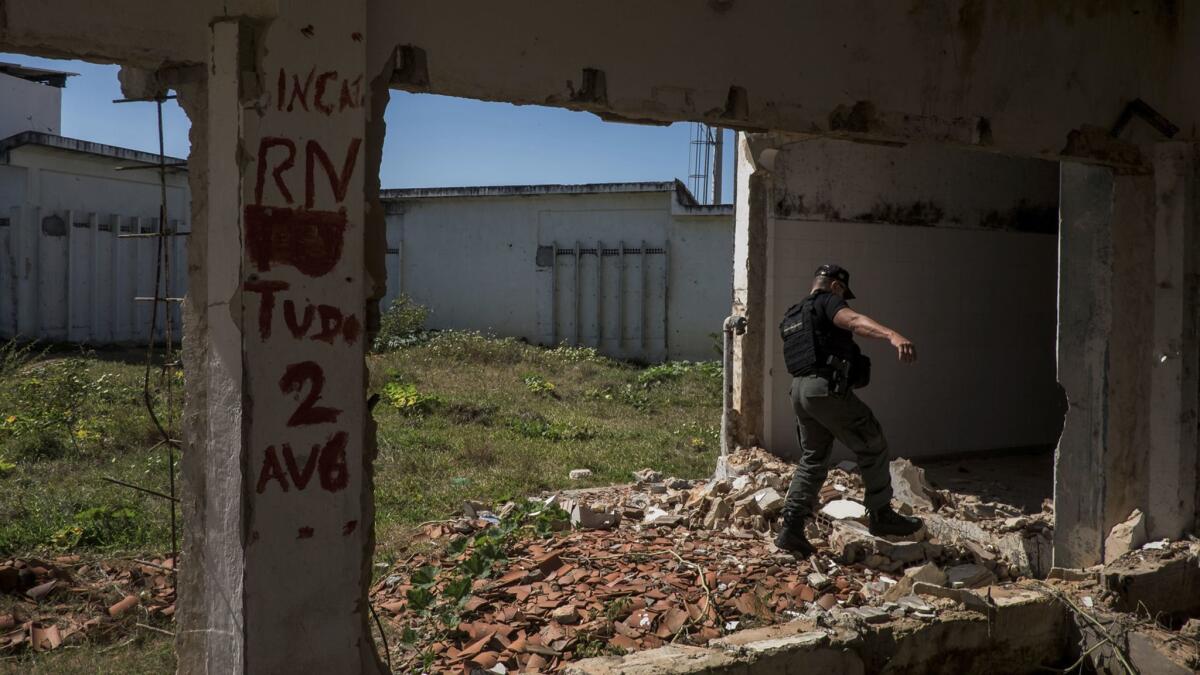
Reporting from Natal, Brazil — Guilherme Figueiredo da Silva knew he was going to die.
In a phone call from the Alcacuz State Penitentiary, where the 36-year-old was serving a sentence for a drug conviction, he told his father that a rebellion was being planned but that authorities were doing nothing to prevent it.
Two days later, his cellblock became a slaughterhouse, as gang members in another block attacked with knives and guns for two days, decapitating many of their victims and setting their bodies on fire. The official death toll was 26, though survivors and inmates’ families say it was much higher.
The massacre renewed calls for changes to Brazil’s notorious prison system and spurred promises by the government to improve training for guards and make other reforms aimed at halting the gang wars that long ago expanded from the streets into the penitentiaries.
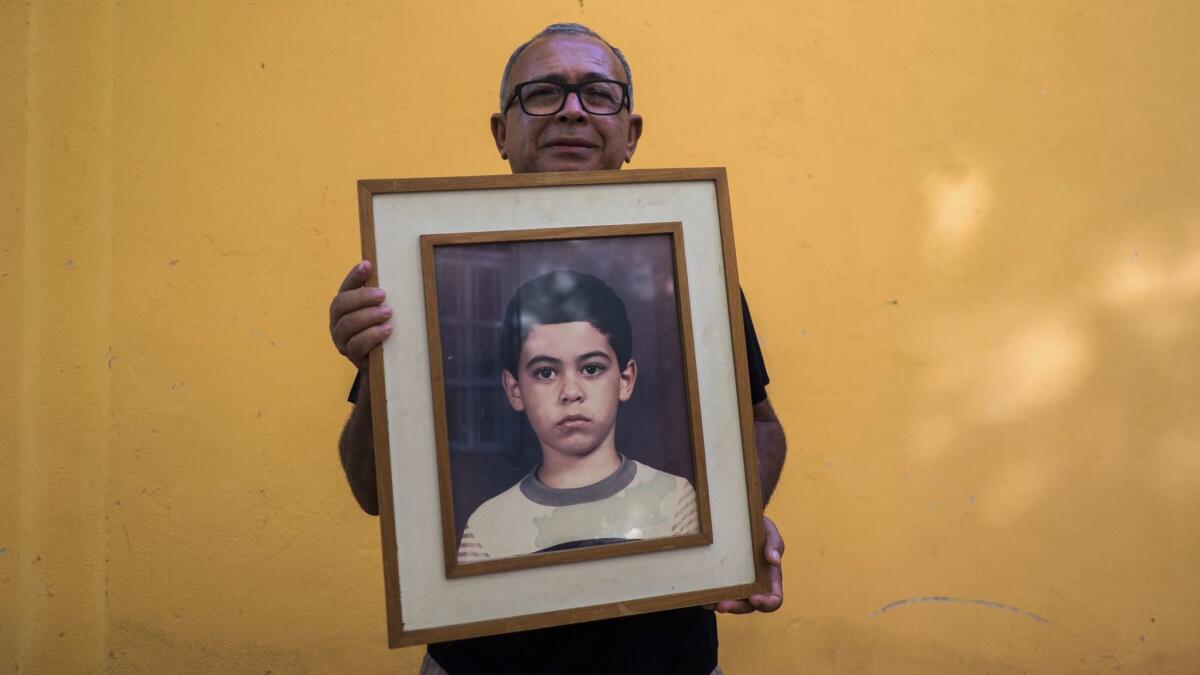
But more than seven months later, the government has yet to produce a full accounting of the violence, and it is unclear whether the prisons are any safer.
Three days after the massacre, Da Silva’s father received a phone call from the wife of one of his son’s cellmates. She wanted to let him know that her husband had seen Guilherme die.
But authorities have yet to find his body.
“It was a lethal attack, like herding cattle to slaughter,” said his father, Francisco Luiz da Silva. “We, the victims, are waiting for an answer from the government. We are the ones who are in prison now. Society wants answers. Society wants peace.”
A big part of the problem is the growing number of inmates.
Between 2000 and 2014, the total climbed from 232,755 to 622,202, giving Brazil the fourth-largest prison population in the world, behind the United States, China and Russia.
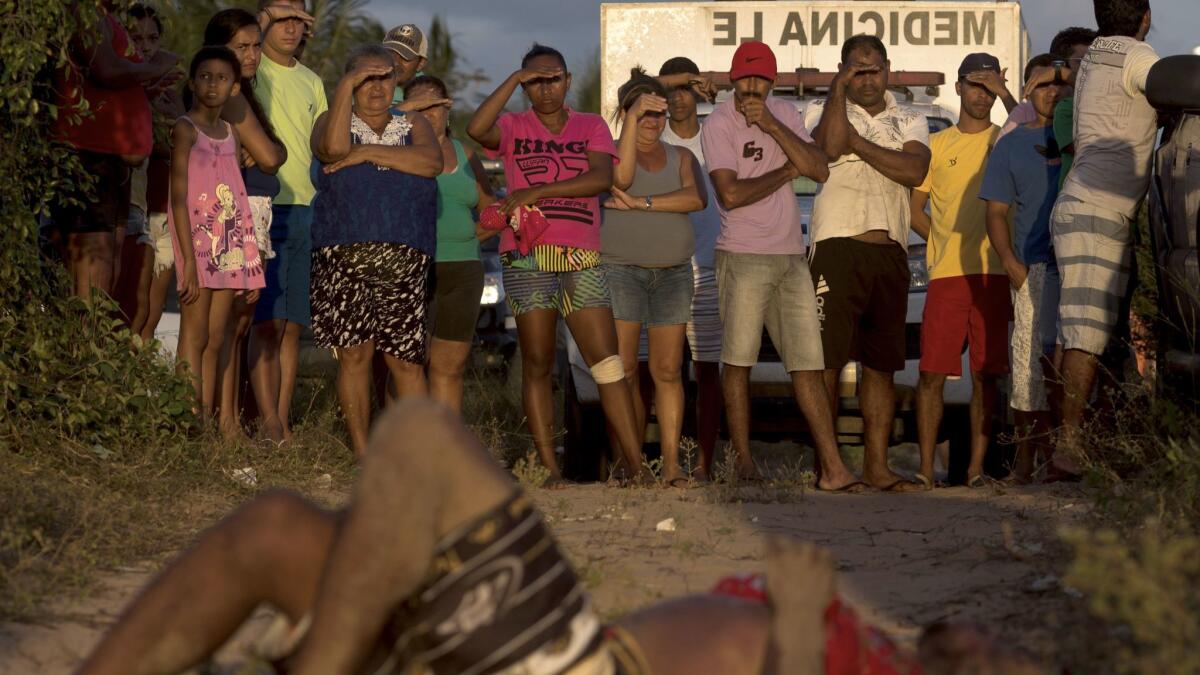
The rise has been fueled by the country’s drug laws, which mete out the same punishments for low-level drug possession as for more serious trafficking — long prison sentences carried out alongside gang members and those who have committed homicide and other violent crimes.
Human Rights Watch has said that prisons across the country hold inmates in “dark, humid and poorly ventilated cells” and that tuberculosis and other diseases are rampant. In one prison the group visited, 60 men were crammed into a cell that had six concrete bunks.
Construction of new penitentiaries has not kept pace, as few states have been eager to accept them.
The hiring of guards has not kept up either, often leaving a single guard watching over as many as 300 inmates, according to one study. Training is poor or nonexistent, and corruption is thought to be rampant. Guards at some prisons have put inmates in charge and literally handed over the keys.
That has allowed the country’s powerful gangs to flourish inside the penitentiaries, where turf battles play out and new members are recruited.
In 2016, there were 379 violent deaths inside Brazilian prisons, including both homicides and suicides. This year has seen some of the worst violence in years, starting on Jan. 1, when members of the Familia do Norte gang targeted the Primeiro Comando da Capital, or PCC, gang and killed 67 inmates in a prison in the northwestern city of Manaus. Five days later, the PCC retaliated, killing 33 inmates in the city of Boa Vista.
Then came the Jan. 14 massacre at Alcacuz. PCC members from one cellblock invaded another that housed a competing gang, the Sindicato do Crime, in an escalating battle for territory in the coastal city of Natal, near the prison.
Crowding was an issue in the prison’s five cellblocks, which are known as pavilions. In 2015, a judge prohibited Alcacuz from accepting more inmates. At the time, the prison held at least 1,490 inmates, or 46% more than it was designed to hold.
Officials have said the guards there had never been trained, and families and human rights advocates accused them of facilitating the massacre by opening the prison doors and supplying weapons and bulletproof vests to the aggressors.
Two weeks after the killings, the federal government brought in 78 guards from four other states to take control of the prison. Shipping containers were used to build a massive wall separating the rival gangs.
Four months later, the state of Rio Grande do Norte appointed the penitentiary expert who led that effort, Luis Mauro Albuquerque Araujo, as the new secretary of justice — the fifth in less than three years — to oversee more changes.
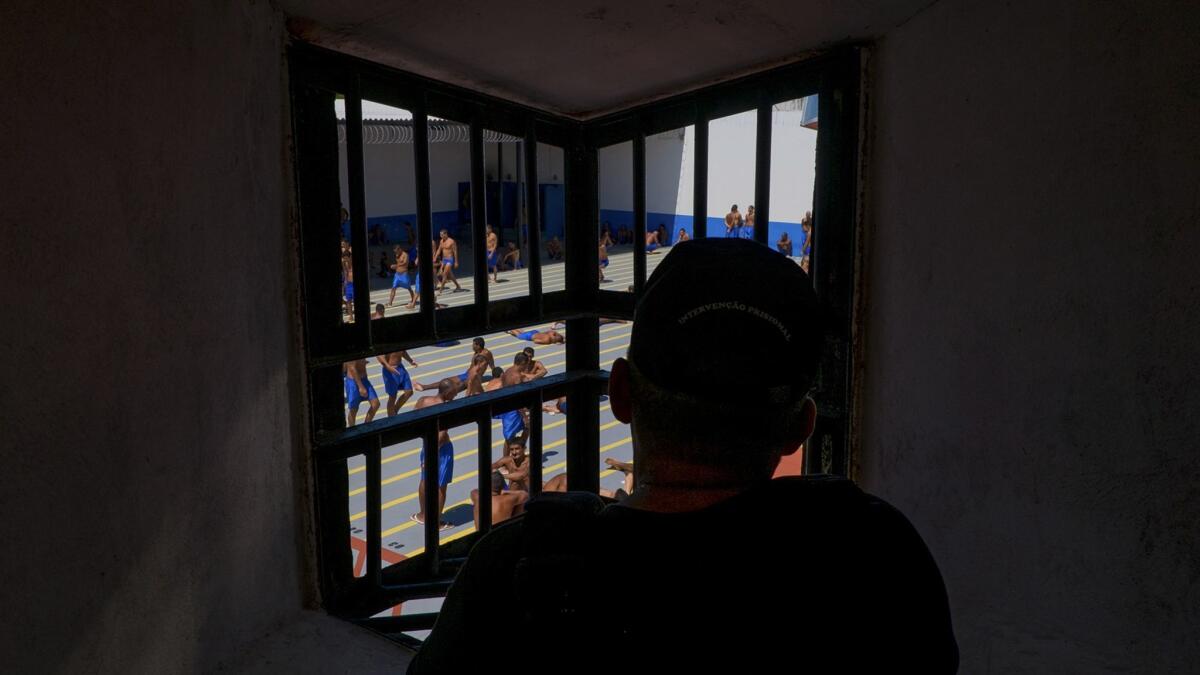
New steel-bar doors are being added in cell corridors, allowing guards to contain fights to an area of two to four cells. Cell doors will lock automatically upon closing. To limit movement of inmates, each cellblock will have its own infirmary, and the prison yard now has bathrooms. The work is still in progress.
Each guard has received 400 hours of basic training, including self-defense, observation of the prison yard, search procedures and escort of prisoners.
That training, however, has come into question, after Brazilian media posted a video of a female guard singing a parody of the hit song “Despacito” to a large group of recruits, substituting the original lyrics with suggestions for ways guards should humiliate and punish prisoners. Araujo can be seen standing on the sidelines and compliments the woman on her singing voice at the end.
But the secretary has brushed off the criticism and said that the procedures he has implemented — no shouting to talk to people in other cells, strict times for meals and walking only down the middle of corridors, between two yellow lines — have created calm and a sense of routine in the prison.
But wives and girlfriends of several inmates who survived the massacre and remain in Alcacuz said that the situation inside the prison remains tense and that barriers have failed to separate the gangs.
“Why build a wall if you’re going to mix members of different gangs with others who aren’t in gangs all on one side?” said one woman, who, like the others, spoke on condition of anonymity out of fear for her safety and that of the inmates.
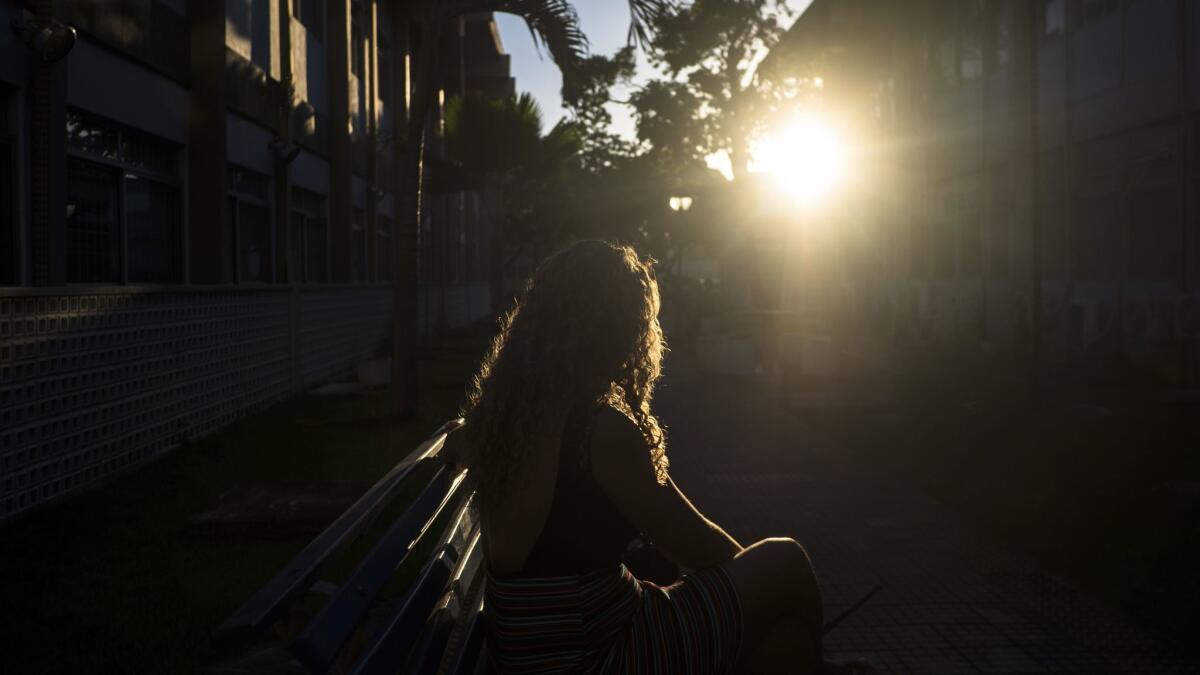
They said the men are going hungry and have to share meals, which often arrive moldy. Concrete bunks are without mattresses, and many are sleeping two or three to a bed, while others take the floor.
Inmates and their families have alleged torture, including electrical shocks and beatings. Several of the women said that during recent visits, the men told them that guards had forced them to stand with their hands behind their heads so they could be hit with batons.
“They’re beaten so much that one little noise makes them snap their heads around to see where the guards are,” said one woman. “There must have been at least 100 killed during the rebellion, but their families don’t bother asking questions because they’re afraid.”
A woman whose husband was killed in the massacre said she would continue to demand a full accounting of the violence.
“I want people to know what is happening here,” she said. “The state is silent. It oppresses. They don’t want to rehabilitate anyone. That prison is a factory of monsters.”
To read the article in Spanish, click here
Langlois is a special correspondent.
More to Read
Sign up for Essential California
The most important California stories and recommendations in your inbox every morning.
You may occasionally receive promotional content from the Los Angeles Times.










